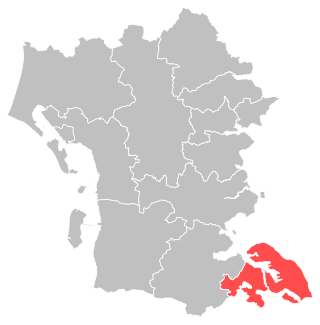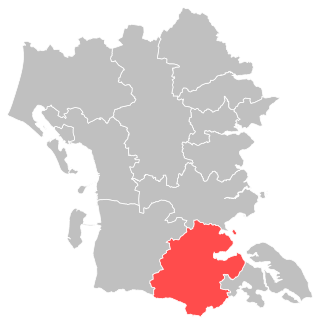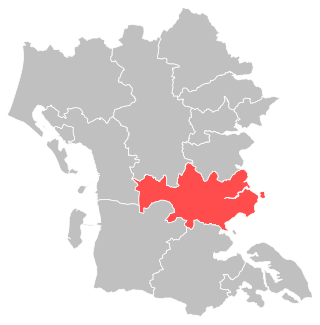
Morten Løkkegaard is a Danish politician who has served as a Member of the European Parliament (MEP) and the Danish Parliament intermittently since 2009. He has held his current position as a member of the European Parliament since 2016. He represents the Venstre political party and is affiliated with the Alliance of Liberals and Democrats for Europe.

The 2014 European Parliament election in Denmark was an election held in Denmark on 25 May 2014 to decide who would represent Denmark in the European Parliament (EP) from 2014 to 2019. The Danish People's Party with 26.6% of the votes became the largest party for the first time in a nationwide Danish election.

General elections were held in the Kingdom of Denmark on 1 November 2022, except in the Faroe Islands, where they were held on 31 October as 1 November was a national day of mourning for victims at sea. Of the 179 members of the Folketing, 175 were elected in Denmark proper, two in the Faroes and two in Greenland. The elections were called on 5 October following an ultimatum to the government by the Social Liberals due to the outcome of a report on the 2020 Danish mink cull by the Mink Commission, which was critical of the government. Voter turnout was 84% in Denmark, 48% in Greenland, and 71% in the Faroes, with a combined turnout of 84% for the realm as a whole.

The 2019 European Parliament election in Denmark was held on 26 May 2019, and elected the Danish members to the European Parliament. The elections are part of the EU-wide elections for the parliament. Denmark had 13 seats in parliament, which increased by one additional seat following Brexit.

Skive nominating district is one of the 92 nominating districts that exists for Danish elections following the 2007 municipal reform. It consists of Skive municipality. It was created in 1849 as a constituency, and has been a nomination district since 1920, though its boundaries have been changed since then.

Holstebro nominating district is one of the 92 nominating districts that exists for Danish elections following the 2007 municipal reform. It consists of Holstebro Municipality. It was created in 1849 as a constituency, and has been a nomination district since 1920, though its boundaries have been changed since then.

Aarhus North nominating district is one of the 92 nominating districts that exists for Danish elections following the 2007 municipal reform. It is one of the four nomination districts in Aarhus Municipality, the others being Aarhus South, Aarhus West and

Horsens nominating district is one of the 92 nominating districts that exists for Danish elections following the 2007 municipal reform. It consists of Horsens Municipality. It was created in 1849 as a constituency, and has been a nomination district since 1920, though its boundaries have been changed since then.

Sønderborg nominating district is one of the 92 nominating districts that exists for Danish elections following the 2007 municipal reform. It consists of Sønderborg municipality. It was created in 1920 following its reunification with Denmark, though its boundaries have been changed since then.

Aabenraa nominating district is one of the 92 nominating districts that exists for Danish elections following the 2007 municipal reform. It consists of Aabenraa Municipality. It was created in 1920 following its reunification with Denmark, though its boundaries have been changed since then.

Tønder nominating district is one of the 92 nominating districts that exists for Danish elections following the 2007 municipal reform. It consists of Tønder Municipality. It was created in 1920 following its reunification with Denmark, though its boundaries have been changed since then.

Varde nominating district is one of the 92 nominating districts that exists for Danish elections following the 2007 municipal reform. It consists of Varde Municipality. It was created in 1849 as a constituency, and has been a nomination district since 1920, though its boundaries have been changed since then.

Fredericia nominating district is one of the 92 nominating districts that exits for Danish elections following the 2007 municipal reform. It consists of Fredericia Municipality. It was created in 1849 as a constituency, and has been a nomination district since 1920, though its boundaries have been changed since then.

Haderslev nominating district is one of the 92 nominating districts that was created for Danish elections following the 2007 municipal reform. It consists of Haderslev Municipality. It was created in 1920 following its reunification with Denmark, though its boundaries have been changed since then.

Odense East nominating district is one of the 92 nominating districts that exists for Danish elections following the 2007 municipal reform. It is one of the three nomination districts in Odense Municipality, the others being Odense West and Odense South. It was created in 1970 and has maintained its boundaries since then.

Odense South nominating district is one of the 92 nominating districts that exists for Danish elections following the 2007 municipal reform. It is one of the three nomination districts in Odense Municipality, the others being Odense East and Odense West. It was established as a constituency in 1895 as Odense County 2, and became a nomination district in 1920. It was named Odense County 1 from 1964 to 1970. It obtained its current boundaries and name in 1970.

Middelfart nominating district is one of the 92 nominating districts that exists for Danish elections following the 2007 municipal reform. It consists of Middelfart and Nordfyn municipality. It was created in 1849 as a constituency, and has been a nomination district since 1920, though its boundaries have been changed since then.

Gladsaxe nominating district is one of the 92 nominating districts that exists for Danish elections following the 2007 municipal reform. It consists of Gladsaxe Municipality. It was created in 1950, though its boundaries have been changed since then.

Valby nominating district is one of the 92 nominating districts that was created for Danish elections following the 2007 municipal reform. It is one of the 9 nominating districts in Copenhagen Municipality. It was created in 1895. In 1915 its boundaries were changed, and it became a nomination district. In 1953 it was divided into Valby-vest and Valby-øst. Valby-vest was renamed Valby from 1970 onwards, and this nomination district was expanded in area in 2007.












































